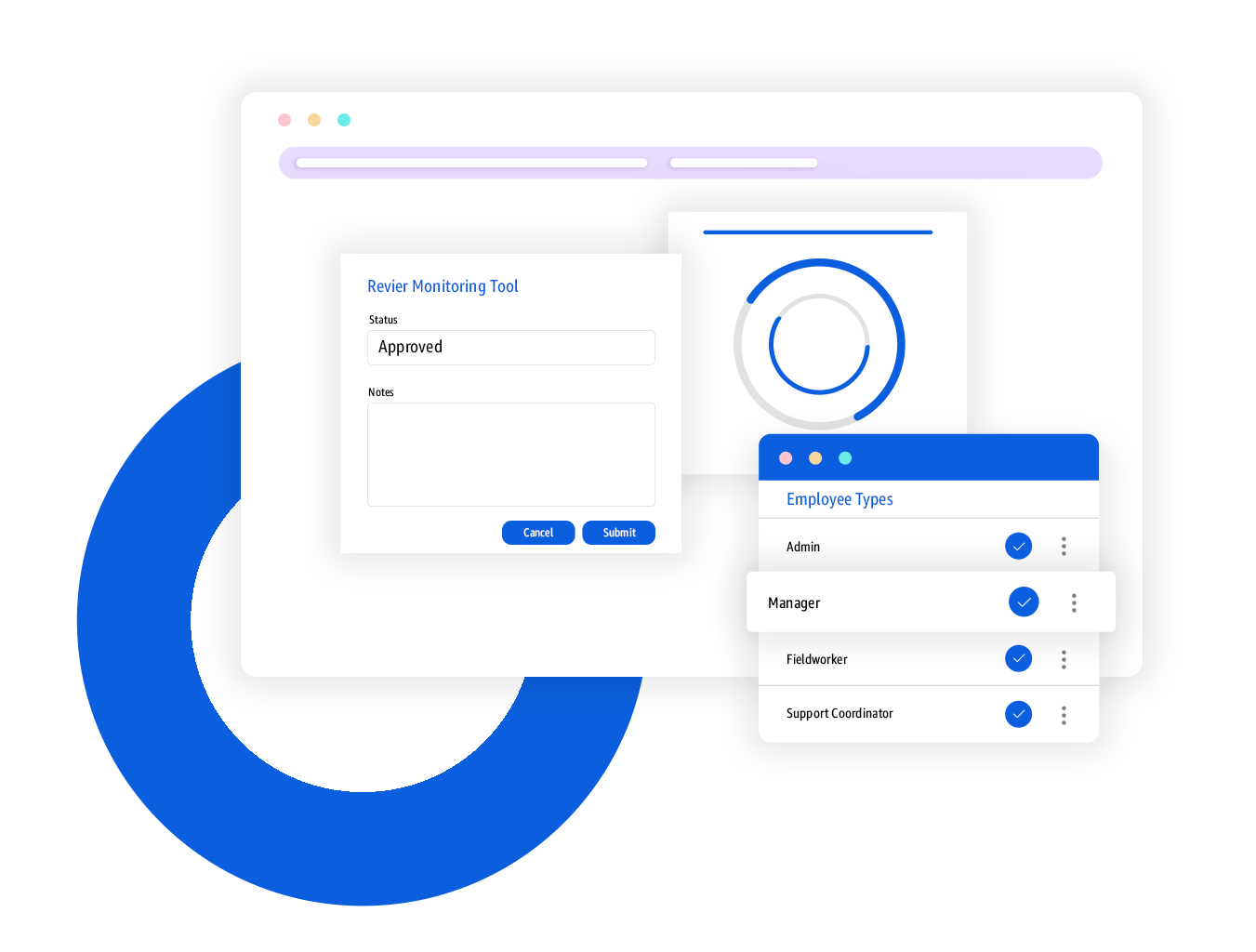“Mental disorders are responsible for about 12 – 15% of the world’s total disability – more than cardiovascular diseases, and twice as much as cancer.” – Source
Given the prevalence of this disability, we believe it is becoming increasingly important to coordinate the efforts of various mental health services, whether governmental, non governmental or private, and to ensure that the interfaces between them function properly. Through the research conducted and conversations we have had with people in the industry, this is where institutions such as social service agencies come into play, as they act as the liaison between patients and receiving the care that they require.
We have found that a popular approach to lessening the burden on people living with disabilities is through conducting frequent home care visits. Normally these home care visits are performed by nurses or social workers who are trained in this regard. There’s a common misconception surrounding home care services, as they are not limited to seniors, but instead individuals of any age who suffer from chronic care needs or disabilities can surely benefit from these services as well.
It’s evident, now more than ever, that the role of a caretaker isn’t limited, instead it ranges from helping with typical activities of daily living, such as meal prep, assistance with medication and transportation requirements. In addition, caregivers also offer friendly social interaction, emotional support and reassurance that promises peace of mind for the family of the one who is being provided for.
This becomes challenging due to the overwhelming context of Covid-19. As we adjust to a normal routine and life, sanitation and other safety concerns will continue to be at top of mind for social service agencies and patients, alike. As experts in the field of technology, we have come to the conclusion that an effective way to navigate these home care visits to adjust to this changing landscape is through technology. Given that the accessibility of documents while out in the field is extremely important, technology will help streamline this process.
Home-care is predicted to continue and the need is on an upward trajectory, thus, home-care visits for those who experience disabilities, can be limited to twice a week, rather than more frequently.
Through the use of technology, caregivers are able to be organized by setting up reminders and checklists allowing for tasks to be completed in a timely manner, where they can keep track of visit progress and log information according to visits, especially when critical, like in this scenario.
With the help of technology, not only does the process of caring become more efficient, with functionalities available to you with a single touch, it also allows for the adult with special needs to feel they have more independence and autonomy to live their life the way they choose to. As the role of a caregiver is to allow for growth and celebrate this adulthood, the special needs adult should be allowed to experience this development. An improved quality of life is what the expected outcome of home-care and home visits are.
There isn’t a rule book to the perfect way to navigate a situation like this, especially while we live during unprecedented times. It is crucial to conduct research and see the infrastructure available to those who may be in need of home-care services. Technology will help during these times as it proves to be on our side and make this difficult time easier.

